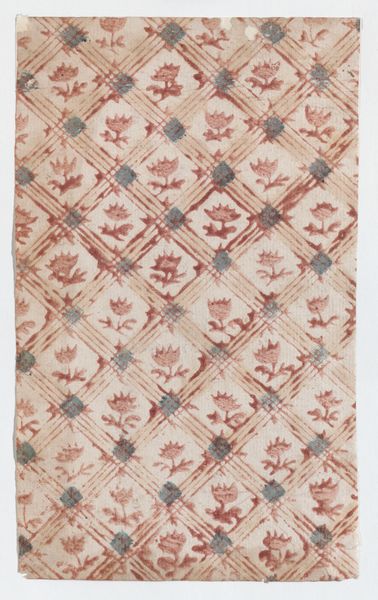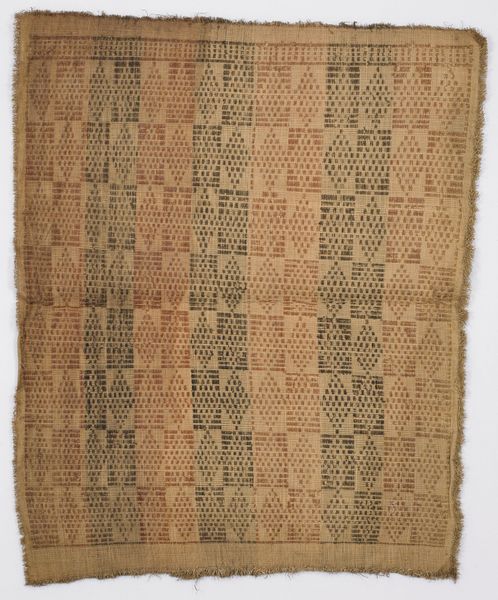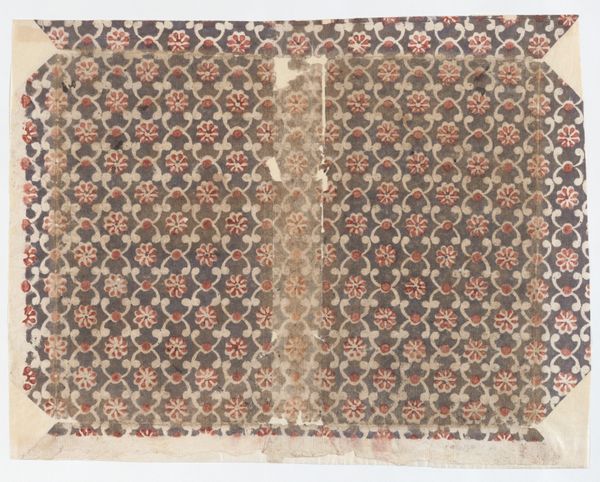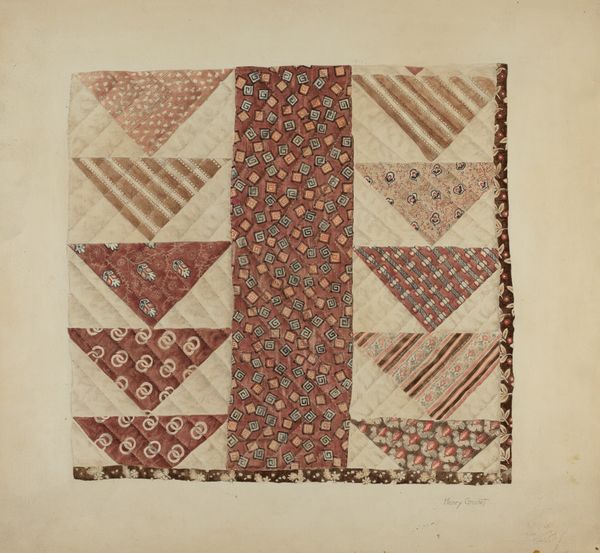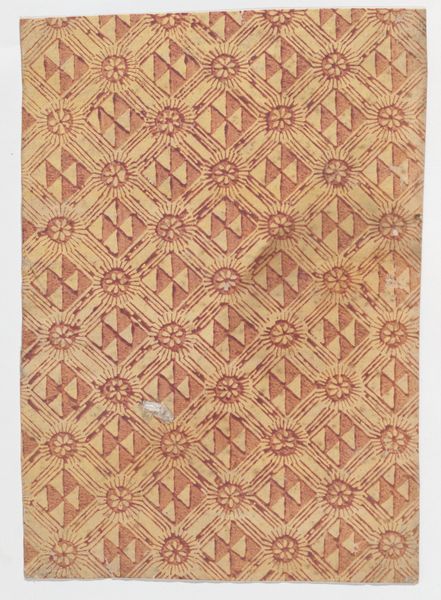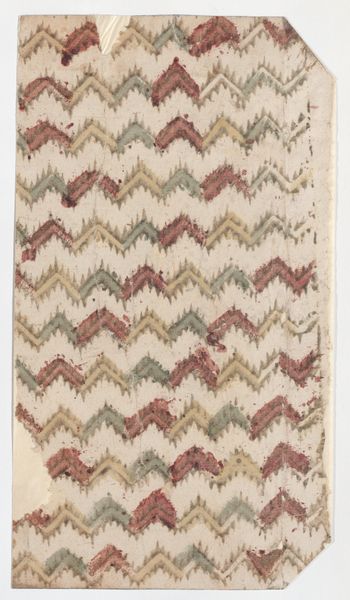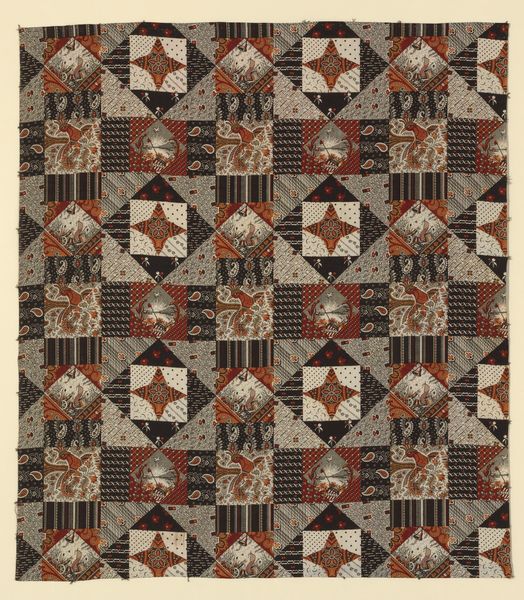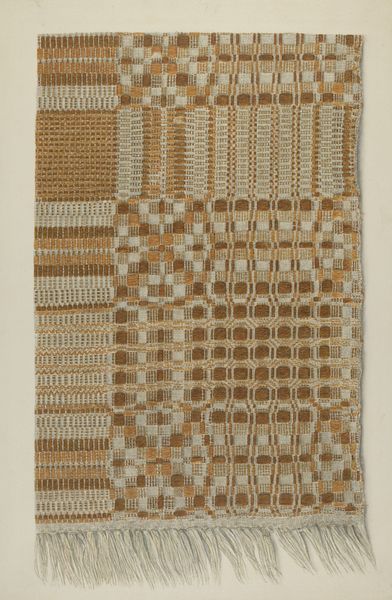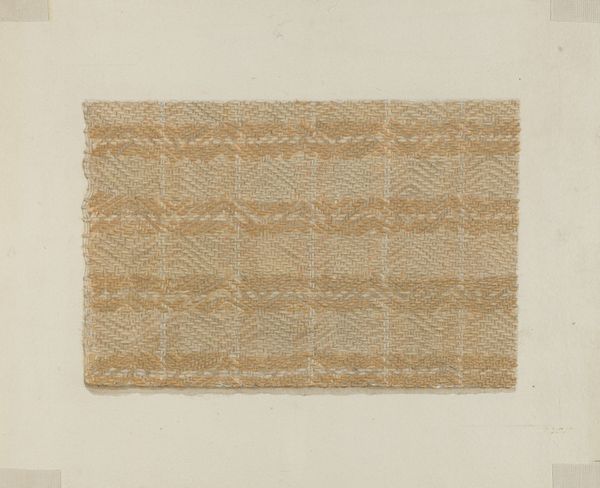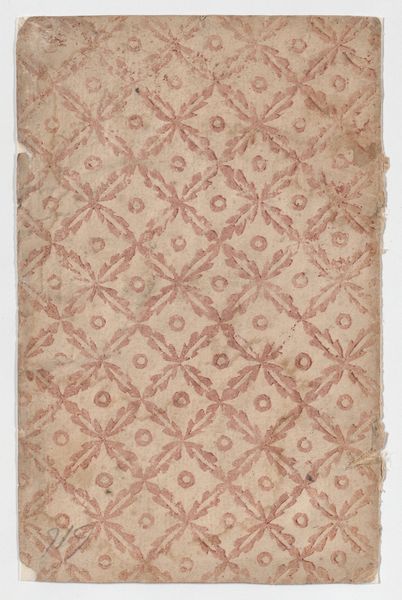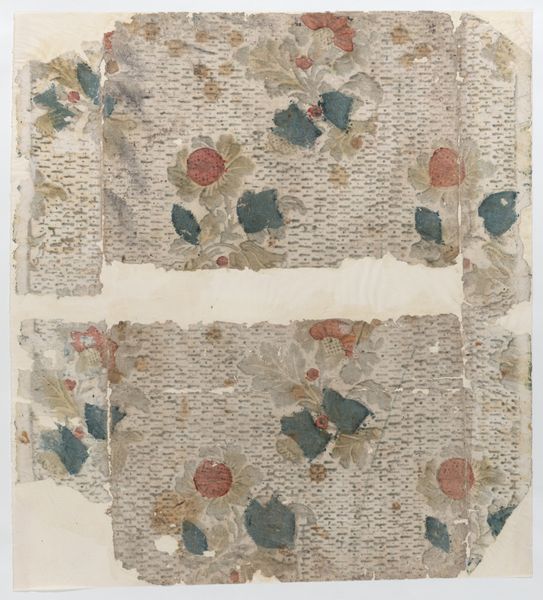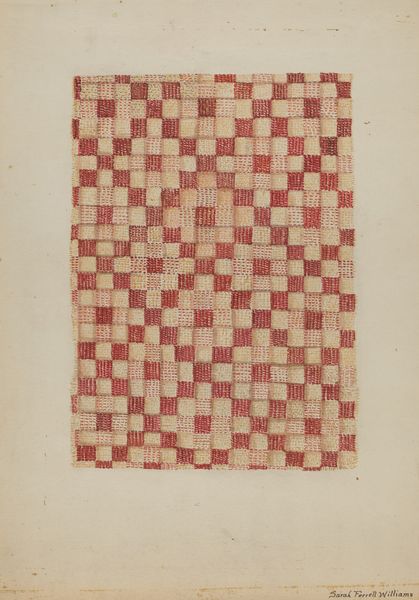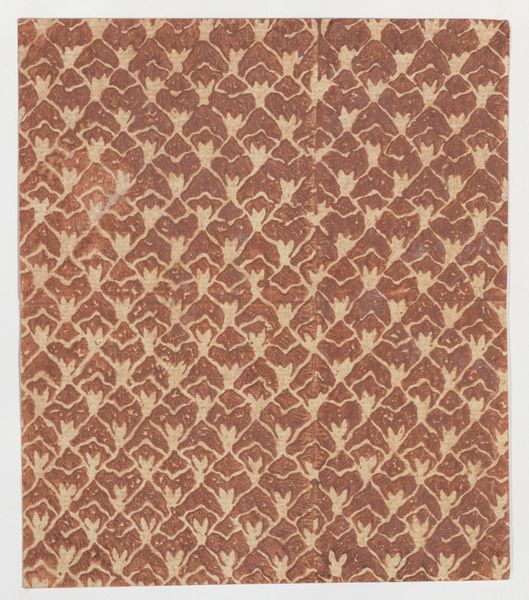
weaving, textile
#
weaving
#
textile
#
geometric
#
textile design
#
indigenous-americas
Dimensions: 89.2 × 53.3 cm (35 1/8 × 21 in.)
Copyright: Public Domain
Editor: So, this textile piece, titled "Panel," is attributed to the Chancay culture, dating roughly between 1000 and 1476. It's currently housed at The Art Institute of Chicago. Made with mixed media and weaving, there’s a very earthy, organic feel to its geometric pattern and depiction of birds and animals. How should we look at this piece? Curator: Focus on the materiality. What does the use of mixed media – the blending of materials and techniques – tell us about the Chancay people’s resources, or perhaps the division of labor in textile production? Editor: That's interesting. I hadn't considered the socio-economic aspect. Are you suggesting we see the choice of materials and weaving techniques as reflective of their daily lives? Curator: Exactly. Consider the labor involved. Each thread spun, each dye created from natural resources, each knot tied, represents hours of human effort. And the fact that it’s a textile, a utilitarian object, blurs the line between "art" and "craft" that Western art history often imposes. How was textile production organized, and who performed these tasks? Was it a specialized skill, a domestic chore, or something else entirely? Editor: I see what you mean. It's not just about the visual design, but also the production itself. So, when we look at this piece, we're looking at a reflection of Chancay society? Curator: Precisely. It's about unpacking the process – from the raw materials sourced to the finished panel. It’s about considering how these choices illuminate the Chancay world and their relationship to it. Think about the availability of the source materials, how was trade handled within the community? And also about challenging assumptions about artistic skill when so much artistic production stems from indigenous American cultures. Editor: So it allows us to expand our notions of “art” when studying labor and materials together. That's a really insightful perspective! Curator: Indeed. By considering these factors, we see beyond just the surface and start to understand the complex relationship between art, labor, and society.
Comments
No comments
Be the first to comment and join the conversation on the ultimate creative platform.
